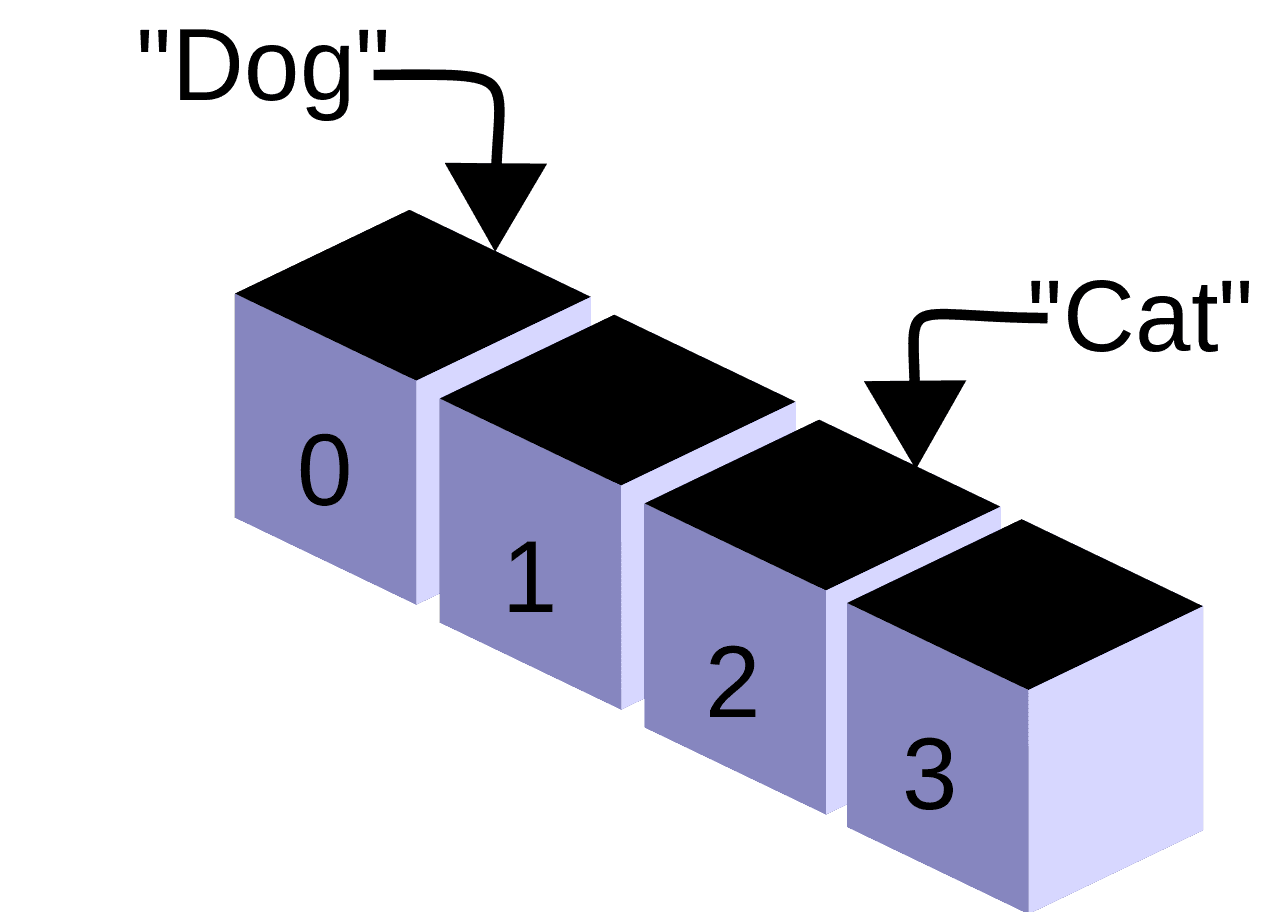khan Waseem
Fri Jan 27 2023
-4 min read
Array Data Structure

Array Data Structure: Unveiling the Foundation of Computing
In the realm of computer science, the array data structure stands as one of the most fundamental and widely used building blocks. Arrays provide a systematic way to organize and store collections of elements, offering efficient access to individual items through indices. Their simplicity and efficiency have led to their ubiquity in programming languages and applications, making them a cornerstone for various algorithms and data manipulation tasks. In this comprehensive exploration, we delve into the intricacies of arrays: their definition, operations, types, memory management, advantages, limitations, and real-world applications.
Definition and Characteristics
At its core, an array is a contiguous block of memory that stores a fixed-size collection of elements of the same data type. Each element is uniquely identified by an index or a position within the array. Arrays are characterized by the following features:
Fixed Size: The size of an array is predetermined during its creation and remains constant throughout its lifetime. This characteristic ensures that memory for the array is allocated upfront.
Homogeneous Elements: All elements within an array must be of the same data type. This property simplifies memory management and allows for efficient memory layout.
Sequential Storage: Elements in an array are stored sequentially in memory, with adjacent elements residing next to each other. This arrangement allows for efficient traversal and retrieval of elements.
Array Operations
Arrays support a range of fundamental operations that facilitate data manipulation and retrieval:
Accessing Elements: Elements are accessed using their indices. The index starts from 0 for the first element and increments by 1 for each subsequent element.
Insertion: Elements can be added to an array by assigning values to specific indices. However, inserting elements requires shifting subsequent elements to accommodate the new element.
Deletion: Elements can be removed from an array by either directly clearing an index or by shifting elements to fill the gap left by the deleted element.
Updating: Elements in an array can be updated by assigning new values to specific indices.
Traversal: Arrays can be traversed sequentially, accessing each element one by one.
Search: Searching for a specific value involves traversing the array to find the element with the desired value.
Sorting: Arrays can be sorted in various orders using algorithms like bubble sort, insertion sort, merge sort, and quicksort.
Types of Arrays
While the basic concept of arrays remains constant, variations in implementation and usage give rise to different types of arrays:
One-Dimensional Arrays: The most common type of array, where elements are organized in a single row. Each element is accessed using a single index.
Multi-Dimensional Arrays: These arrays have two or more dimensions, creating a matrix-like structure. Elements are accessed using multiple indices, corresponding to the row and column positions.
Dynamic Arrays: Also known as resizable arrays or dynamic arrays, these structures allow for automatic resizing as elements are added or removed. They provide a compromise between fixed-size arrays and linked lists.
Sparse Arrays: When most elements in an array are empty or have default values, a sparse array optimizes memory usage by only storing non-empty elements and their corresponding indices.
Memory Management and Efficiency
Arrays offer efficient memory management and access due to their contiguous memory allocation and simple indexing mechanism. However, this simplicity comes with trade-offs:
Arrays offer efficient memory management and access due to their contiguous memory allocation and simple indexing mechanism. However, this simplicity comes with trade-offs:
Constant-Time Access: Accessing elements in an array is a constant-time operation, as the index provides a direct mapping to the memory location.
Memory Overhead: Arrays allocate memory upfront, which can lead to memory wastage if the actual number of elements is significantly smaller than the allocated space.
Fixed Size Limitation: Fixed-size arrays can’t dynamically accommodate changing data sizes, leading to potential overflows or underutilization.
Advantages of Arrays
Arrays provide several advantages that contribute to their widespread use:
Efficient Access: Constant-time access to elements through indices facilitates quick data retrieval.
Simplicity: The straightforward indexing mechanism simplifies implementation and usage.
Memory Locality: Contiguous memory allocation enhances cache utilization and reduces memory access time.
Predictable Memory Usage: Fixed-size allocation ensures predictable memory consumption.
Limitations of Arrays
While arrays offer numerous benefits, they also come with limitations:
Fixed Size: The fixed size restricts their flexibility in accommodating dynamic data changes.
Memory Allocation: Upfront memory allocation can lead to inefficient memory usage if the array’s size is significantly larger than the actual data. Insertion and Deletion: Adding or removing elements requires shifting, which can be inefficient for large arrays.
Real-World Applications
Arrays find applications across various domains due to their efficiency and simplicity:
Image Processing: Arrays are used to represent and manipulate image pixels in image processing algorithms.
Numerical Computing: In scientific computing, arrays store data for mathematical operations and simulations.
Databases: Arrays store data in tables for structured storage and retrieval in relational databases.
Sorting and Searching Algorithms: Arrays form the foundation of algorithms like sorting and searching.
Graph Representation: Arrays represent adjacency matrices in graph data structures.
Signal Processing: In audio and signal processing, arrays store sampled values for analysis and transformation.
Text Processing: Arrays manage characters and strings in text processing tasks.
Conclusion
The array data structure’s simplicity, efficiency, and versatility have solidified its role as a fundamental concept in computer science. Arrays empower programmers to organize and manipulate data efficiently, making them an essential tool in algorithm development and software engineering. By understanding arrays’ characteristics, operations, types, and applications, professionals gain the foundation needed to build efficient algorithms, optimize memory usage, and tackle a wide array of computational challenges.